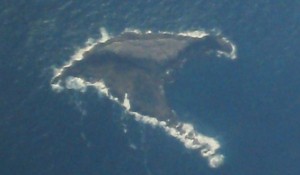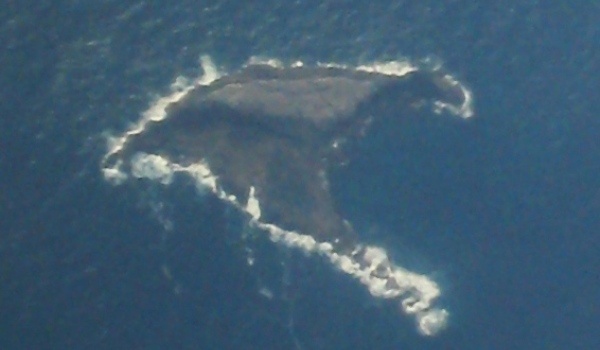
A new report by Forest & Bird has identified areas of land and sea around Waikato’s West Coast, south west of Raglan as well as the Firth of Thames and Coromandel as areas that require special consideration to protect seabirds that depend on these places for their survival. One area identified in the report is Gannet Island, off the coast of Raglan, which houses a seabird colony.
Forest & Bird says the report, which covers the whole country, has major implications for the government’s ongoing large-scale sell-off of deep sea oil and gas drilling rights.
New Zealand has more threatened seabird species than anywhere else in the world and planned deepwater oil and gas drilling could drive them to extinction, a leading conservation group warned Monday.
The Forest and Bird group issued the warning with the release of a report on important bird areas (IBAs) for New Zealand seabirds, part of a global effort to identify marine IBAs and ensure protection.
More than a third of the world’s seabird species lived at least part of their lives in 69 IBAs New Zealand’s territorial seas and Exclusive Economic Zone (EEZ) waters, Forest and Bird seabird advocate Karen Baird said in a statement.
“New Zealand also has more seabird species that breed only within its jurisdiction than any other country in the world. We have 36 species. Mexico is next on the list, with only five species,” said Baird.
“Sadly, New Zealand also has more threatened seabird species than anywhere else in the world.”
These included the Chatham Island taiko, yellow-eyed penguin, antipodean wandering albatross, the New Zealand fairy tern, which was down to 10 pairs, and the tiny New Zealand storm petrel, which was thought to be extinct until 2003.
“The sheer number of IBAs for seabirds calls for a major rethink of the mass sell-off of deep water oil and gas drilling rights within our EEZ,” said Baird.
“As the industry oil spill modeling shows, a deep sea blowout could cover thousands of square kilometers of bird habitat in oil, which in turn could push some species to the brink of extinction.”

